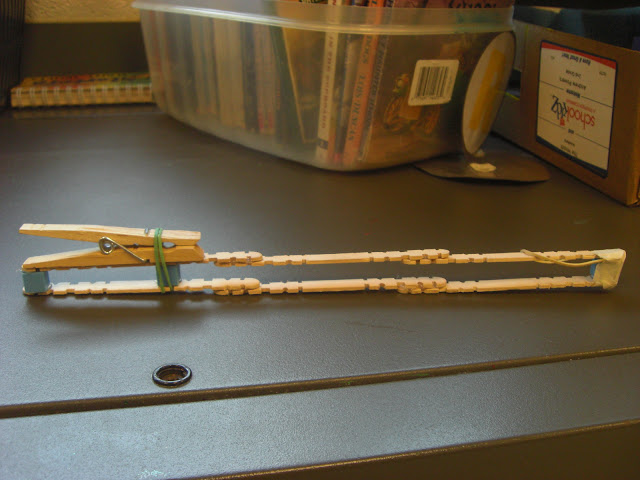Spring is here! You'd recognize it immediately in second grade. The kids are autonomous creativity-seekers. For a teacher, spring is bittersweet. I can hear the siren song of summer starting to call to me, that undeniably awesome time to relax, soak up sun rays, host a barbeque, maybe dabble in some sidewalk chalk art. I am ready for summer.
On the other hand,
I. do. not. want. to. let. these. students. go.
They've come so far, worked so hard, learned so much. We have been through victories and (admittedly comical) mishaps. We understand one another's quirks. We have inside jokes. We have a group learning style that functions for all. This class, especially, will be hard to say goodbye to. It's a special crew. However, they're creeping so close to being third graders. And I know that there is a new crop of soon-to-be-second-graders growing into their new roles, as well.
So we enjoy each day. We cram instruction and projects in like they are going out of style (which they are obviously not!)
Recently we learned about the structure, architecture, and various uses of medieval castles. Did you know that moats contained spikes and eels to keep enemies at bay? And that the strongest part of any castle was a large inner chamber called the keep? And don't even get us started about castle dungeons. We also learned that castles were built to protect noblemen and the knights, merchants, and artisans who lived within its walls. And they were pretty tactical with their defensive manuevers: archers, catapults, and even burning sand and tar were used to fight fierce battles.
After concluding our research, we drew our own castle diagrams. We weren't allowed to add any fairy tale stuff: no damsels in distress or fire-breathing dragons crawling around the lair. We stuck true to the primary and secondary sources offered to us.
After that, it was time to get a little STREAM (Science Tech Reading Engineering Art Math!) integration in. We learned about force and trajectory by assembling our own miniature trebuchets! Trebuchets are essentially catapults used in medieval castle defense.
We referred to our recreations with a more modest name: cork shooters!






































